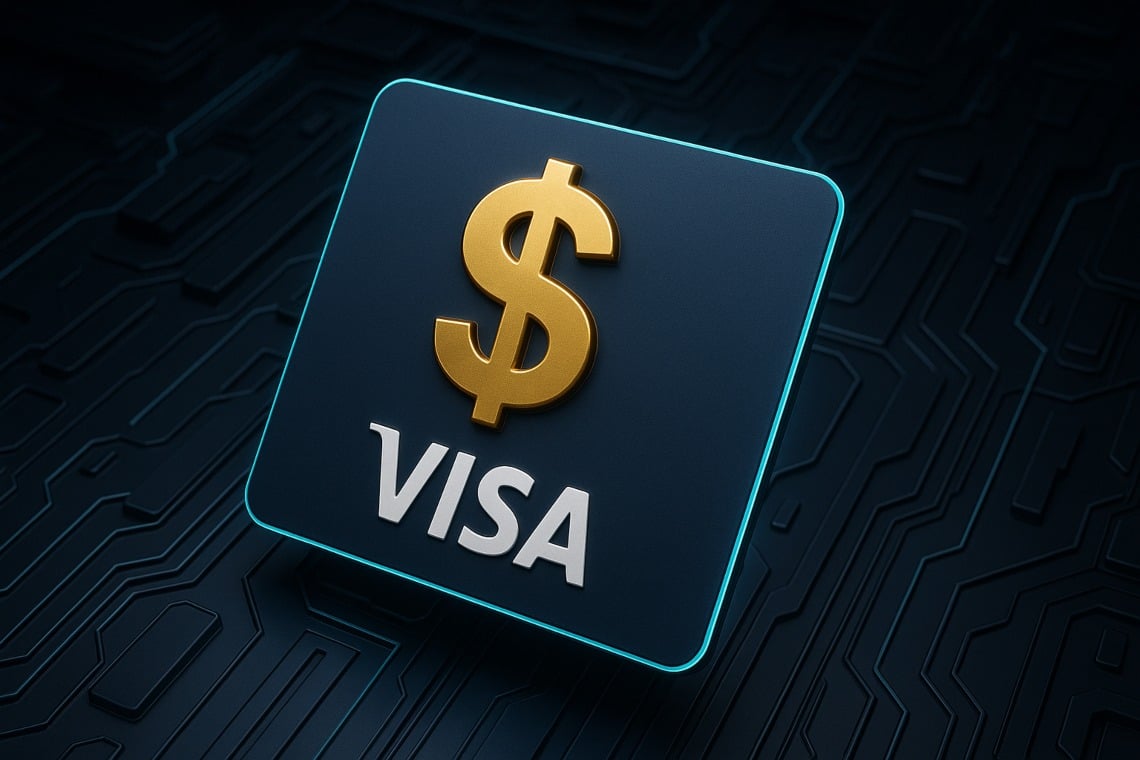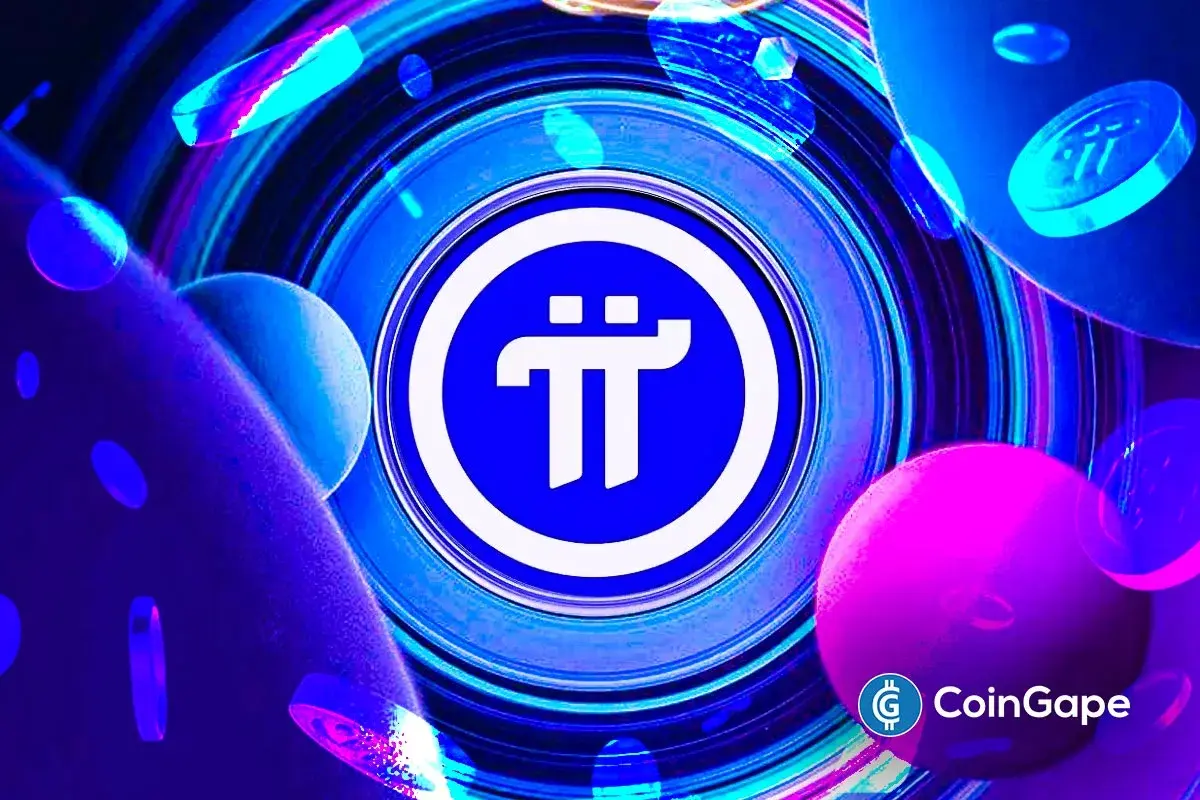Visa stablecoins expansion: four blockchains, faster rails

Visa’s expansion to support four stablecoins across four blockchains underscores growing interest in Visa stablecoins as payment rails evolve for merchants and issuers.
How will Visa stablecoins affect stablecoin payment rails?
On 28 October 2025, The Block reported Visa CEO Ryan McInerney saying:
“We are adding support for four stablecoins, running on four unique blockchains, representing two currencies, that we can accept and convert to over 25 traditional fiat currencies.”
The same report noted that in Q4 stablecoin-linked Visa card spend quadrupled year‑over‑year, and that Visa has facilitated over $140 billion in crypto and stablecoin flows since 2020.
The multi-chain approach links card credentials to on-chain liquidity and custodial partners, which should reduce friction for on-ramps and off-ramps while preserving Visa’s settlement backbone.
What does current stablecoin spend growth mean for Visa stablecoins and card adoption?
The surge in token-linked transactions reinforces issuer and merchant interest in token-native settlement options. Issuers can route customer payments through blockchain rails where it lowers cost or time to settle, while falling back to fiat rails where required.
Note: Visa says there are more than 130 stablecoin-linked card issuing programs in over 40 countries, underlining geographic scale for these card programs.
Will bank stablecoin issuance and stablecoin card programs reshape cross-border payments? In brief:
How will bank stablecoin issuance interact with stablecoin cross-border flows?
Banks mint stablecoins and explore tokenized deposits, which can lower reconciliation costs and speed settlement for cross-border transfers. Banks that issue tokens can plug into existing card rails and on-chain liquidity pools, creating a hybrid flow between tokenized settlement and card network reach.
Are USD-pegged stablecoins central to card program growth?
USD-pegged stablecoins offer price stability that suits merchant settlement and consumer experience. Visa’s multi-chain support gives issuers flexibility to pick chains that meet compliance, cost, and speed requirements; broader regulatory clarity has also helped adoption.
- four stablecoins supported
- four blockchains enabled
- Spend quadrupled last quarter
Payments specialists note operational challenges remain: liquidity routing, KYC/AML integration and fee harmonization across chains are critical to merchant uptake. That said, tokenized settlement can materially shorten settlement windows for certain cross-border corridors and business-to-business flows.
In brief, Visa’s integration advances stablecoin payment rails and supports issuer-led innovation while relying on established card networks. In brief, this is an incremental but significant step toward broader token-based payments.





